Impulsive choice in two different rat models of ADHD-Spontaneously hypertensive and Lphn3 knockout rats
- PMID: 36777639
- PMCID: PMC9909198
- DOI: 10.3389/fnins.2023.1094218
Impulsive choice in two different rat models of ADHD-Spontaneously hypertensive and Lphn3 knockout rats
Abstract
Introduction: Impulsivity is a symptom of attention-deficit/hyperactivity disorder (ADHD) and variants in the Lphn3 (Adgrl3) gene (OMIM 616417) have been linked to ADHD. This project utilized a delay-discounting (DD) task to examine the impact of Lphn3 deletion in rats on impulsive choice. "Positive control" measures were also collected in spontaneously hypertensive rats (SHRs), another animal model of ADHD.
Methods: For Experiment I, rats were given the option to press one lever for a delayed reward of 3 food pellets or the other lever for an immediate reward of 1 pellet. Impulsive choice was measured as the tendency to discount the larger, delayed reward. We hypothesized that impulsive choice would be greater in the SHR and Lphn3 knockout (KO) rats relative to their control strains - Wistar-Kyoto (WKY) and Lphn3 wildtype (WT) rats, respectively.
Results: The results did not completely support the hypothesis, as only the SHRs (but not the Lphn3 KO rats) demonstrated a decrease in the percent choice for the larger reward. Because subsequent trials did not begin until the end of the delay period regardless of which lever was selected, rats were required to wait for the next trial to start even if they picked the immediate lever. Experiment II examined whether the rate of reinforcement influenced impulsive choice by using a DD task that incorporated a 1 s inter-trial interval (ITI) immediately after delivery of either the immediate (1 pellet) or delayed (3 pellet) reinforcer. The results of Experiment II found no difference in the percent choice for the larger reward between Lphn3 KO and WT rats, demonstrating reinforcement rate did not influence impulsive choice in Lphn3 KO rats.
Discussion: Overall, there were impulsivity differences among the ADHD models, as SHRs exhibited deficits in impulsive choice, while the Lphn3 KO rats did not.
Keywords: Adgrl3; Lphn3 KO rat; attention-deficit/hyperactivity disorder (ADHD); delay-discounting; externalizing behavior; latrophilin 3; response inhibition; spontaneously hypertensive rat (SHR).
Copyright © 2023 Carbajal, Bounmy, Harrison, Nolen, Regan, Williams, Vorhees and Sable.
Conflict of interest statement
The authors declare that the research was conducted in the absence of any commercial or financial relationships that could be construed as a potential conflict of interest.
Figures
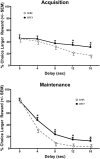
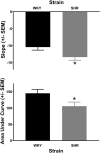
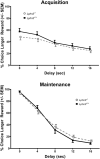
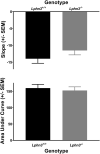
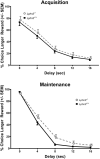
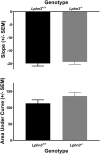
References
-
- American Psychological Association [APA] (2013). Diagnostic and statistical manual of mental disorders, 5th Edn. Washington, DC: American Psychological Association.
Grants and funding
LinkOut - more resources
Full Text Sources
Research Materials

